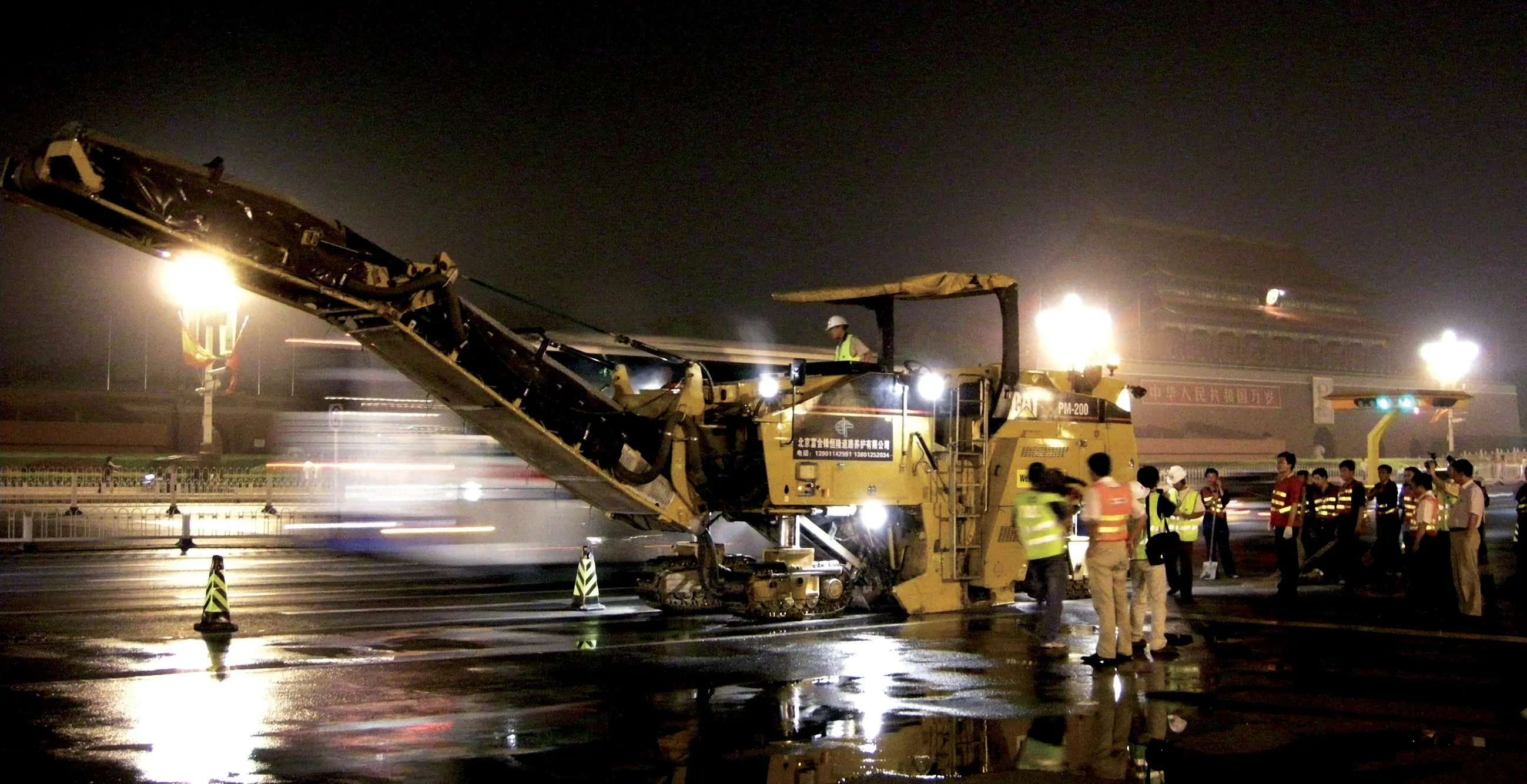The latest American Road & Transportation Builders Association (ARTBA) analysis of US Census Bureau data reveals a 6% decline in the real value of highway pavement work. This contrasts with investment in airport, rail, transit, port and waterway construction in the US. Contractors completed US$8.4 billion in pavement construction work between January and April 2013, compared to $8.9 billion during the same time period in 2012 according to the report. Bridge and tunnel work between January and April 2013 was
July 2, 2013
Read time: 3 mins
The latest American Road & Transportation Builders Association (ARTBA) analysis of US Census Bureau data reveals a 6% decline in the real value of highway pavement work. This contrasts with investment in airport, rail, transit, port and waterway construction in the US. Contractors completed US$8.4 billion in pavement construction work between January and April 2013, compared to $8.9 billion during the same time period in 2012 according to the report. Bridge and tunnel work between January and April 2013 was slightly above last year’s pace, with $7.3 billion in work completed, compared to $7.2 billion during the same time period in 2012.
There are several factors affecting the pavement market, according to ARTBA’s chief economist, Dr Alison Premo Black. Winter weather is one factor impacting the market in the early part of the year, but it does not explain it all. She notes there has been a continued decline in pavement work since 2009. “This is largely a result of the pull back in state and local spending, the significant drop-off in federal investment in transportation improvements due to the completion of the 2009 stimulus law, and status-quo federal investment levels under MAP-21. When you combine all of these factors, pavement work is off to the slowest start that we have seen in at least 14 years,” she said.
Current challenges in the highway and bridge market underscore the need for increased and sustainable transportation revenue sources at the federal and state levels, according to Black. “Although some states have recently taken steps to increase their highway and bridge investment, there is still a huge gap between our current investment levels and the identified needs for the nation’s infrastructure network,” Black said. With the reauthorisation of MAP-21 due in 15 months, the central issue, Black said, will be solving the revenue crisis facing the Highway Trust Fund. Without action by late next year, federal highway investment would be cut from $40.3 billion to $3 billion in 2015, and transit investment would be virtually eliminated. This could jeopardise the US transportation construction market for years.
The outlook for the transportation construction industry going forward is also mixed, according to ARTBA’s analysis of state and local government contract award data from McGraw-Hill Dodge. Contract awards are a leading indicator of market activity at the state level, and as such, provide a glimpse about the trajectory of different sectors of the transportation construction market. The real value of 12-month rolling state and local government contract awards from June 2012 to May 2013 for highway work is up in 25 states, down in 18 states and Washington, D.C., and within a plus or minus 5% range in seven states. Overall, the real value of awards nationally is down 1.6%.
Bridge and tunnel awards are up in 24 states and down in 25 states and Washington, D.C., with one state within a plus or minus 5% range. Nationwide, the real value is down 2.5% for the 12 months through May 2013. “The slowdown in contract awards indicates we probably aren’t going to see a significant uptick in the pace of highway and bridge activity as the construction season enters full swing. But as always, the outlook does vary from state to state,” said Black. “Some states, including California, Georgia, Mississippi, New York, Virginia, Oregon and New Hampshire have significantly increased the value of their highway and bridge contract awards in the last year, which indicates more work ahead in these states in the next 12 months.”
There are several factors affecting the pavement market, according to ARTBA’s chief economist, Dr Alison Premo Black. Winter weather is one factor impacting the market in the early part of the year, but it does not explain it all. She notes there has been a continued decline in pavement work since 2009. “This is largely a result of the pull back in state and local spending, the significant drop-off in federal investment in transportation improvements due to the completion of the 2009 stimulus law, and status-quo federal investment levels under MAP-21. When you combine all of these factors, pavement work is off to the slowest start that we have seen in at least 14 years,” she said.
Current challenges in the highway and bridge market underscore the need for increased and sustainable transportation revenue sources at the federal and state levels, according to Black. “Although some states have recently taken steps to increase their highway and bridge investment, there is still a huge gap between our current investment levels and the identified needs for the nation’s infrastructure network,” Black said. With the reauthorisation of MAP-21 due in 15 months, the central issue, Black said, will be solving the revenue crisis facing the Highway Trust Fund. Without action by late next year, federal highway investment would be cut from $40.3 billion to $3 billion in 2015, and transit investment would be virtually eliminated. This could jeopardise the US transportation construction market for years.
The outlook for the transportation construction industry going forward is also mixed, according to ARTBA’s analysis of state and local government contract award data from McGraw-Hill Dodge. Contract awards are a leading indicator of market activity at the state level, and as such, provide a glimpse about the trajectory of different sectors of the transportation construction market. The real value of 12-month rolling state and local government contract awards from June 2012 to May 2013 for highway work is up in 25 states, down in 18 states and Washington, D.C., and within a plus or minus 5% range in seven states. Overall, the real value of awards nationally is down 1.6%.
Bridge and tunnel awards are up in 24 states and down in 25 states and Washington, D.C., with one state within a plus or minus 5% range. Nationwide, the real value is down 2.5% for the 12 months through May 2013. “The slowdown in contract awards indicates we probably aren’t going to see a significant uptick in the pace of highway and bridge activity as the construction season enters full swing. But as always, the outlook does vary from state to state,” said Black. “Some states, including California, Georgia, Mississippi, New York, Virginia, Oregon and New Hampshire have significantly increased the value of their highway and bridge contract awards in the last year, which indicates more work ahead in these states in the next 12 months.”








